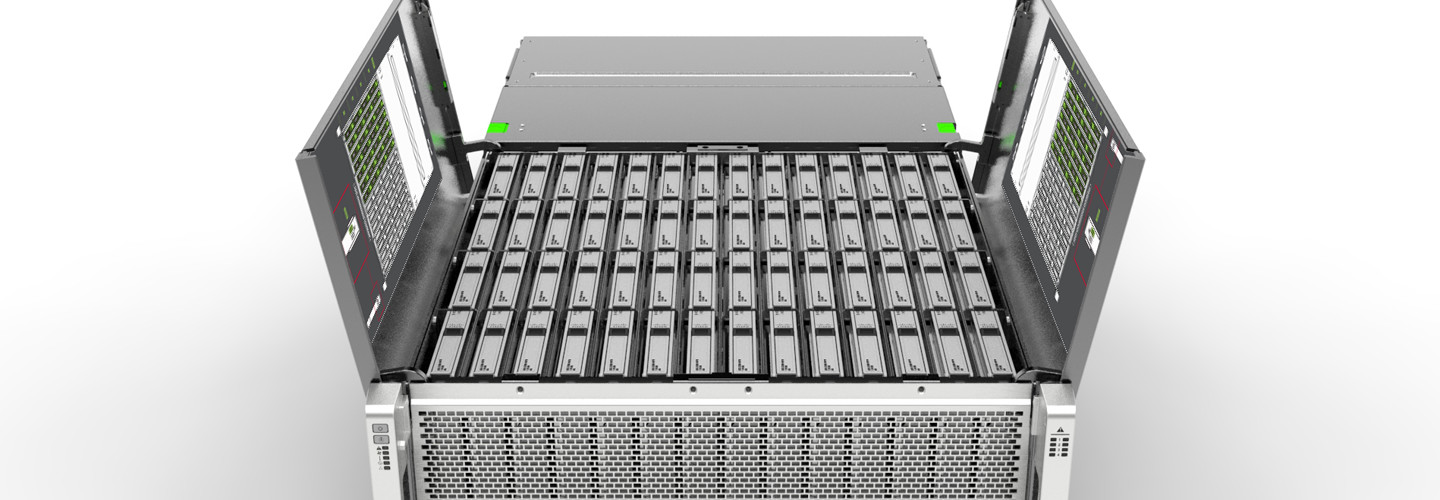Cisco Reveals the Next Wave of Unified Computing
In coining the phrase Internet of Everything, Cisco Systems helped to define this new world of connected devices and sensor technology. Next up: enabling enterprises to take advantage of all that IoE has to offer.
Cisco announced Thursday several new and updated products that fit into its plan for building a computing platform for the future. Company executives have touted the additions to the Cisco Unified Computing Systems product line as the next wave of innovation in unified computing, calling the changes the biggest announcement since launching UCS five years ago.
“Today, we’re delivering an even broader and more powerful portfolio of technologies to help customers power applications at every scale and add intelligence at the edge, at the core, and at the scale of cloud,” Padmasree Warrior, Cisco’s chief technology and strategy officer, wrote in a blog post Tuesday.
“We’re introducing modular servers for cloud-scale applications; Cisco UCS Mini for small-scale and enterprise-edge environments; new fourth generation UCS Rack and Blade Servers for application performance; and new UCS Director solutions to manage Big Data infrastructure workloads,” Warrior added.
Cisco’s expanded UCS portfolio includes:
• New fourth-generation UCS rack and blade servers designed to boost data center application performance and UCS Director solutions for managing data-intensive workloads.
• Cisco UCS Mini, an “all-in-one solution” that provides servers, storage and networking. The compact solution is ideal for large IT operations with remote offices and branch locations, as well as smaller IT shops.
• UCS systems management capabilities, which enable organizations to maintain a central policy model for infrastructure that supports computing inside of a data centers or in remote locations, as the demands of edge computing increase.
“Cisco has done extremely well with UCS in the past five years,” says Jim Burton, a research director at Gartner. “They jumped into the marketplace fresh with nothing, and everyone said they wouldn’t succeed, and they have done remarkably well.”
In the fourth quarter of 2013, Cisco ranked fourth in terms of revenue from the worldwide server market, behind companies such as HP and IBM. Cisco had the largest revenue gain of any company, with server revenue jumping 34.5 percent, to $646.1 million, between 2012 and 2013.
Cisco isn’t just targeting the large enterprises but also remote office locations, places where the company has not had a lot of traction, Burton explains.
“If you already have Cisco networking and you want to do a converged system, UCS is a good fit for most people,” Burton notes. Organizations that use Fibre Channel for their storage fabric will have to change the way they do some of their networking in order to adopt UCS.
While new rack and blade servers made up the bulk of the announcement, Paul Perez, vice president and chief technology officer of Cisco’s Data Center Group makes clear that Cisco is not a server company.
“We are not in the server business,” Perez said at Cisco’s product launch Thursday in New York. “We are in the computing business.”
Burton agrees. “They are in the converged system business, where they deliver solutions,” he says. “They are not just throwing servers out there and sending clients to other companies to get networking, storage and management software. They are putting everything together for the customer.”








